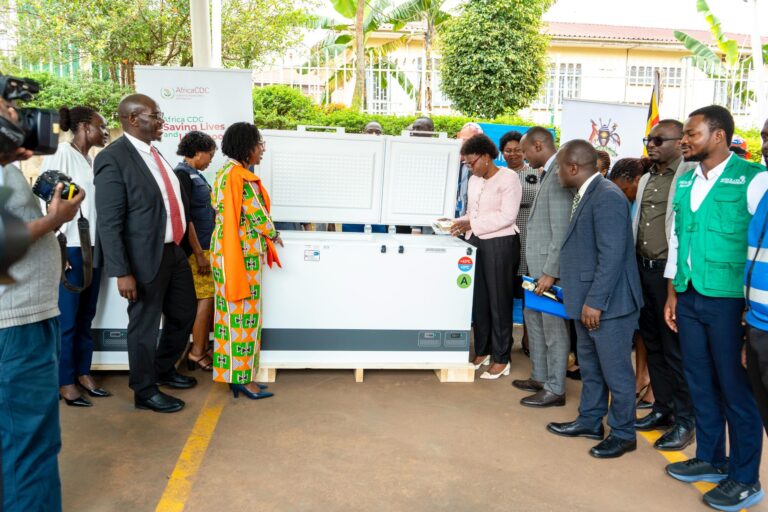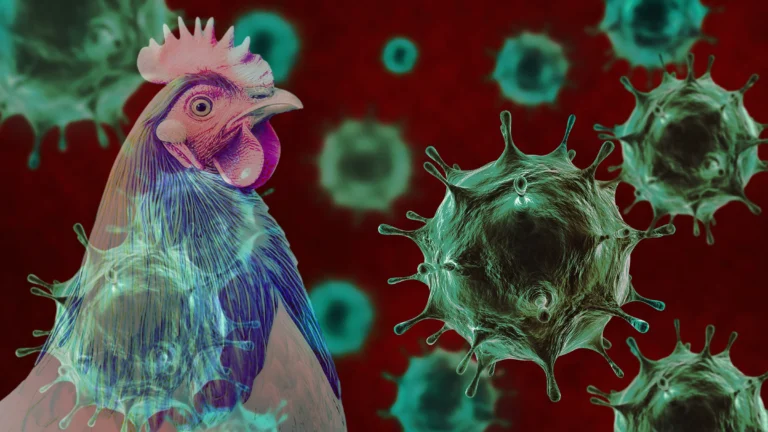Mulago Specialized Women and Neonatal Hospital has successfully delivered its second baby conceived through In Vitro Fertilization (IVF).
Dr Diana Atwine, the Permanent Secretary, Ministry of Health Uganda, took to her twitter account to announce the exciting news.
“Great News! Our team at Mulago Specialized Women and Neonatal Hospital has successfully delivered its second baby conceived through In Vitro Fertilization (IVF). We have a healthy baby girl weighing 3.6 kg. Congratulations to the proud parents!
“The hospital began offering IVF services in August 2024, and we are thrilled to report 11 confirmed pregnancies so far. A milestone worth celebrating as we continue expanding access to advanced specialized services to the country.”
About IVF
In vitro fertilization (IVF) is a type of assisted reproductive technology (ART) that involves fertilizing an egg with sperm outside the body, in a laboratory setting, and then transferring the resulting embryo into the woman’s uterus. It is a common treatment for infertility when other methods have not been successful.
What is IVF?
- IVF stands for “in vitro fertilization,” literally meaning “fertilization in glass”.
- It’s a process where eggs are retrieved from a woman’s ovaries and fertilized with sperm in a laboratory dish.
- After fertilization, the resulting embryo(s) are monitored for a few days before being transferred into the woman’s uterus.
When is IVF used?
- IVF is often recommended when other fertility treatments, like medications or intrauterine insemination (IUI), have not been successful.
- It can be used to address various causes of infertility in both men and women, including:
- Female infertility: Fallopian tube damage or blockage, endometriosis, ovulation problems, egg quality issues.
- Male infertility: Low sperm count, poor sperm motility, or sperm abnormalities.
- Unexplained infertility: When the cause of infertility is unknown.
- Genetic conditions: IVF can be used with preimplantation genetic testing (PGT) to screen embryos for certain genetic disorders before transfer.
How does IVF work?
- Ovarian Stimulation: The woman takes medications to stimulate her ovaries to produce multiple eggs.
- Egg Retrieval: Once the eggs are mature, they are retrieved from the ovaries using a needle.
- Fertilization: The retrieved eggs are mixed with sperm in a laboratory dish, or in some cases, intracytoplasmic sperm injection (ICSI) is used to directly inject a sperm into an egg.
- Embryo Culture: The fertilized eggs (embryos) are cultured in the lab for a few days, allowing them to develop.
- Embryo Transfer: One or more healthy embryos are transferred into the woman’s uterus.
- Pregnancy Test: A pregnancy test is done about two weeks after the embryo transfer.
Success Rates:
- IVF success rates vary depending on factors like the woman’s age, the cause of infertility, and the clinic’s experience.
- Success rates have improved significantly since the early days of IVF.
- For women under 35, success rates can be as high as 55% per cycle.
- However, success rates generally decline with age.
Important Considerations:
- IVF can be time-consuming, expensive, and emotionally demanding.
- There are potential risks, including multiple pregnancies, ectopic pregnancy, and ovarian hyperstimulation syndrome.
- It’s essential to discuss the risks, benefits, and alternatives with a fertility specialist.
(Source: Cleveland Clinic).





